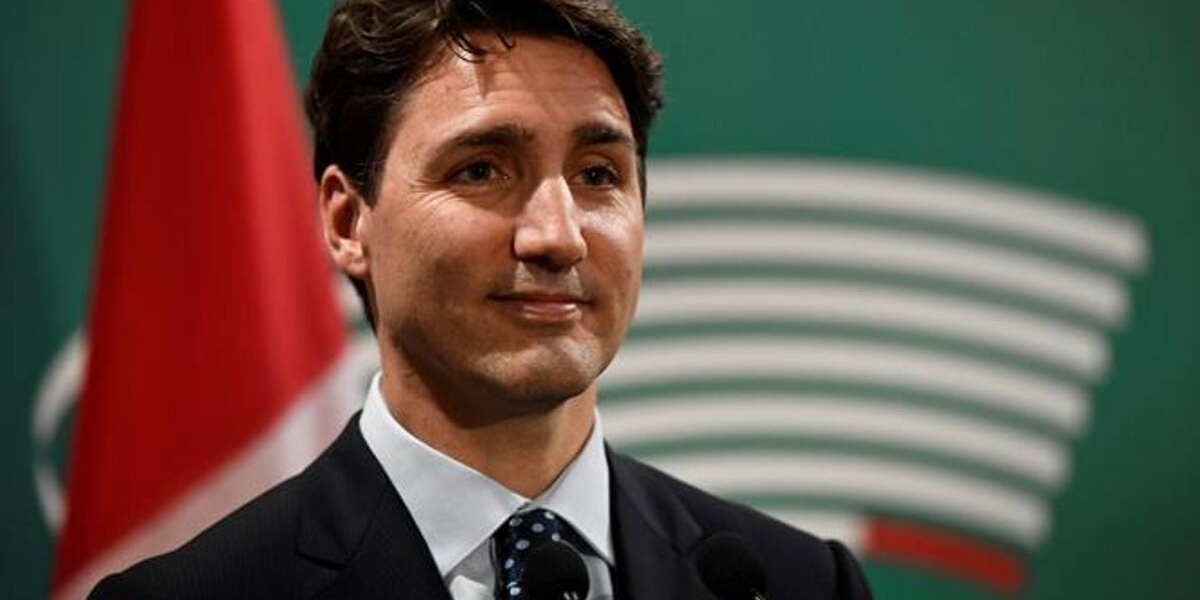Canada’s New International Education Strategy
Canada has released its new five-year international education strategy. It aims at boosting the presence of Canada overseas. It is geared towards expanding diversity, boosting innovation and strengthening international ties. The strategy will see CDN $ 148 million being utilized for international education over a period of five years. Foreign students bring a lot of economic benefits to the country. This strategy was devised in recognition of the economic benefits of foreign students to the country.
Canada wants to increase the source countries of foreign students. Most of the foreign students, about 50 percent, are Indian or Chinese. Canada is aiming at recruiting new foreign students from countries like Columbia, Mexico, Brazil, and some Asian countries. It also wants to extend its efforts to parts of Africa. The target countries are the ones that have large populations of youth and growing economies. CDN$30 million are set aside for this purpose. It wants to meet the middle-class demand for higher education.
According to Minister of International Trade Diversification Jim Carr, foreign students have more than just economic benefits to the country. They also help establish and maintain strong diplomatic ties with the source countries. They add value to the Canadian community and help in nurturing the appreciation of Canadian values. Cross-cultural competencies are nurtured because of foreign students. They also encourage further innovation.
The diplomatic ties established in the process are beneficial to both Canada and the source country. Canada recognizes that foreign students are not only beneficial to the economy and country as a whole, but also to the local students. They help foster a better understanding of global issues in the local students. Foreign students pay higher fees than locals at universities. Through the economic benefits brought in by foreign students, it also becomes possible to provide more varied courses to the local students as well.
Foreign students made up 4% of the total enrollments in colleges in 2006-2007. This percentage was doubled by 2015-2016. The changed immigration policies may have played a significant role in this. Visa processing times are short and quick. Foreign students are permitted to work as they study. The immigration policies have also raised the chances of graduates acquiring Canadian permanent residency.
» Almost 11000 study permit holders have acquired permanent residency last year. This number was almost 3000 in 2015-2017. This helps to meet some of the shortage in the labormarket.
» Canada wants to attract more international students with its new strategy. The valid study permits in Canada have increased from 122,665 in 2000 to 572,415 last year. That is a whopping 467 percent increase.
» The economic benefit of foreign students in Canada already amounts to billions. It was around $15.5 billion in the period between 2010 and 2016. From the start of 2019 until this stage, there is a benefit of CDN $21 billion from this sector to the economy of Canada.
Urban centers in Canada have an influx of more foreign students. The new strategy is also looking at diversifying the areas in Canada that attract foreign students. The most popular universities in Canada for foreign students are University of Toronto, Carleton university in Ottawa & McGill University in Montreal.
As part of the strategy, Canada will also invest approximately 100 million dollars for Canadian students studying abroad. In this effort, it will focus on the people who have not received much of these opportunities earlier. This includes the students with disabilities, the indigenous ones, and ones from low-income groups.
Canada offers excellent study programs in English and French. This has made it a popular destination for education among international students. The federal governments and officials from colleges and universities are in the early stages of developing an aligned strategy. It will broaden campaigns worldwide.
Foreign student enrollments grew by 15% between 2017 and 2018 despite a spat between Saudi and Canada. The dispute started over tweets by Foreign Affairs Minister Chrystia Freelandabout human rights and the arrest of social activists in Saudi Arabia. The Saudi government responded by suspending flights, sending back the Canadian ambassador to Saudi and asking Saudi students in Canada to return back to their home country. Saudi had been one of the major source countries of foreign students in Canada earlier. Federal officials and the higher-education community helped reduce the impact of this dispute with their diplomatic efforts. But this dispute made Canada realize the importance of diversifying the source countries of foreign students. At present, a dispute with a major source country like Saudi Arabia could and would spell major economical setbacks for Canada.
The education strategy has recognized and paid attention to foreign students. It looks promising. It remains to be seen how these moves influence the influx of foreign students in Canada over the execution span. It does look like the right implementation of the strategy will help Canadian diplomatic ties with other countries.



